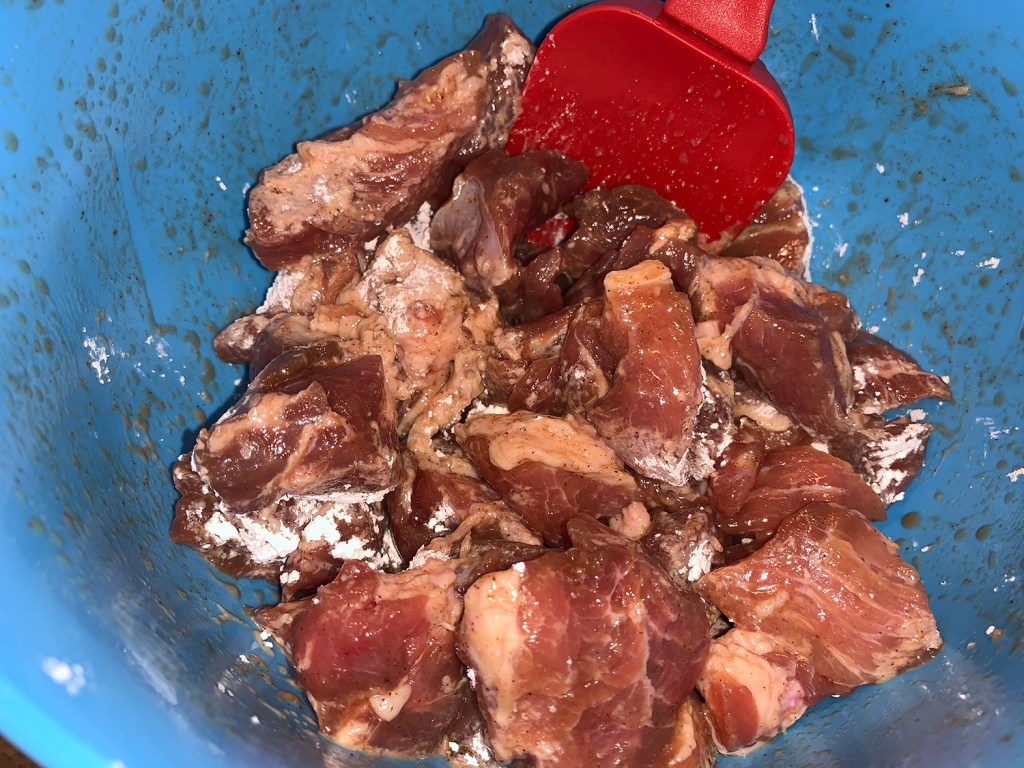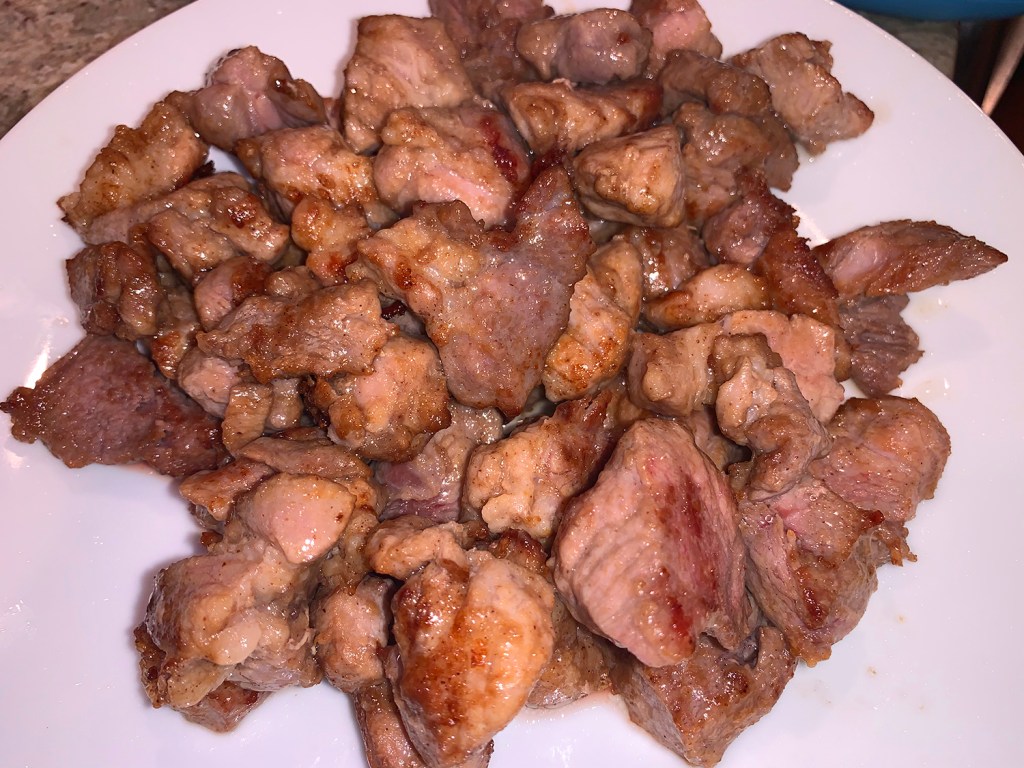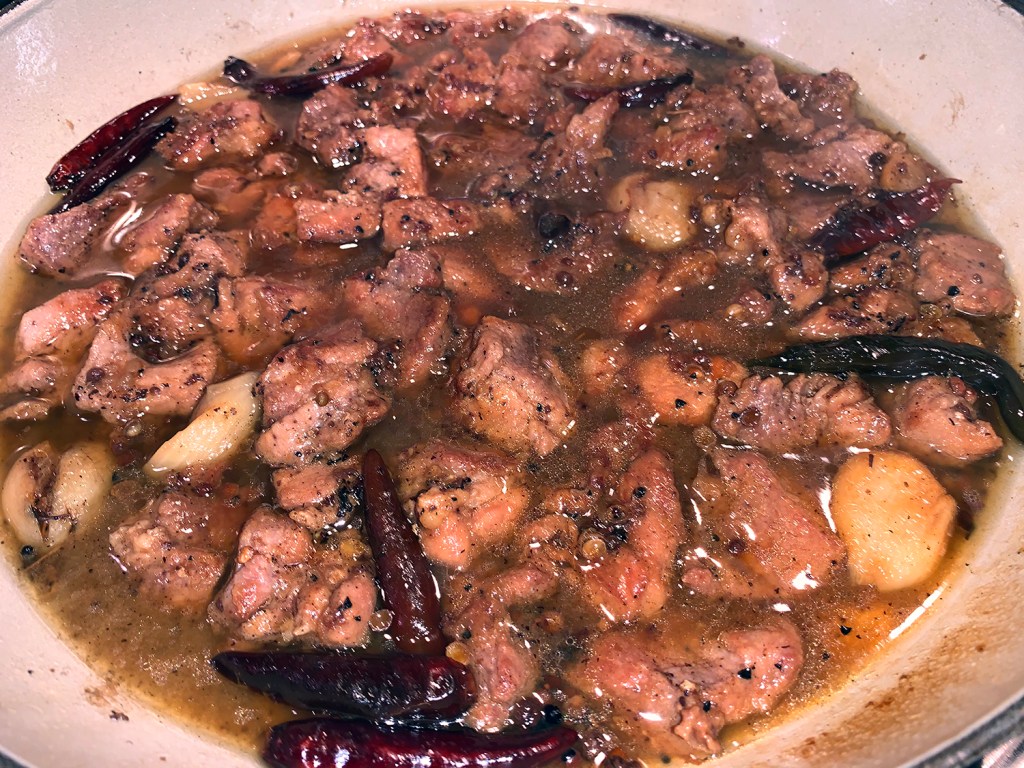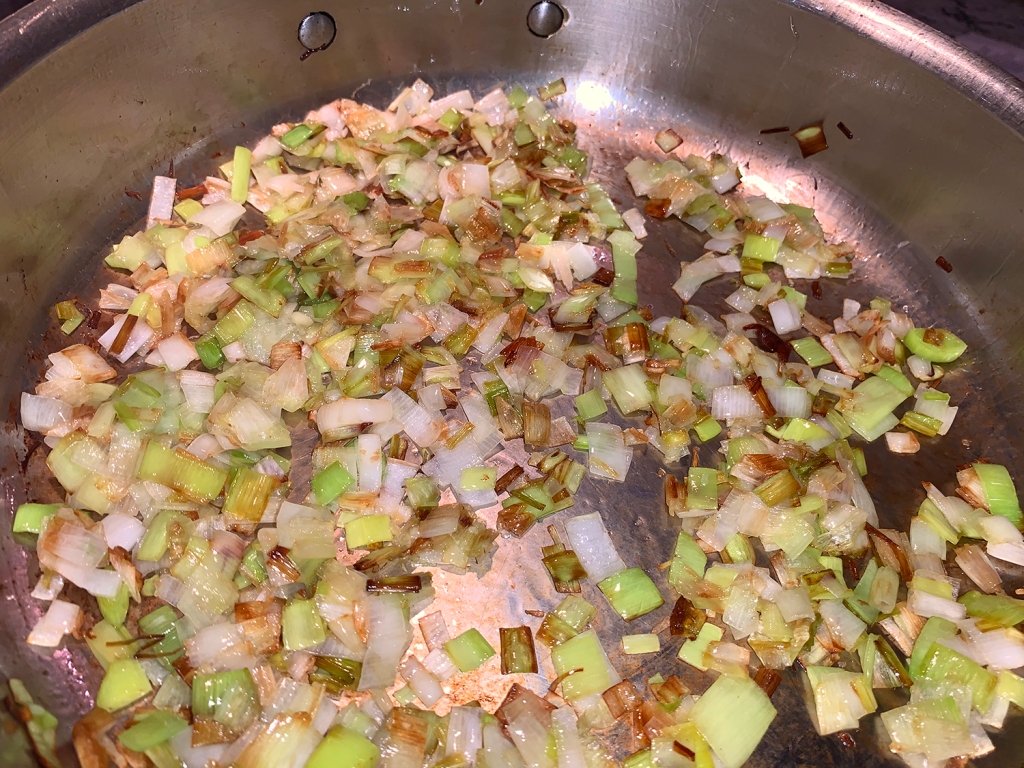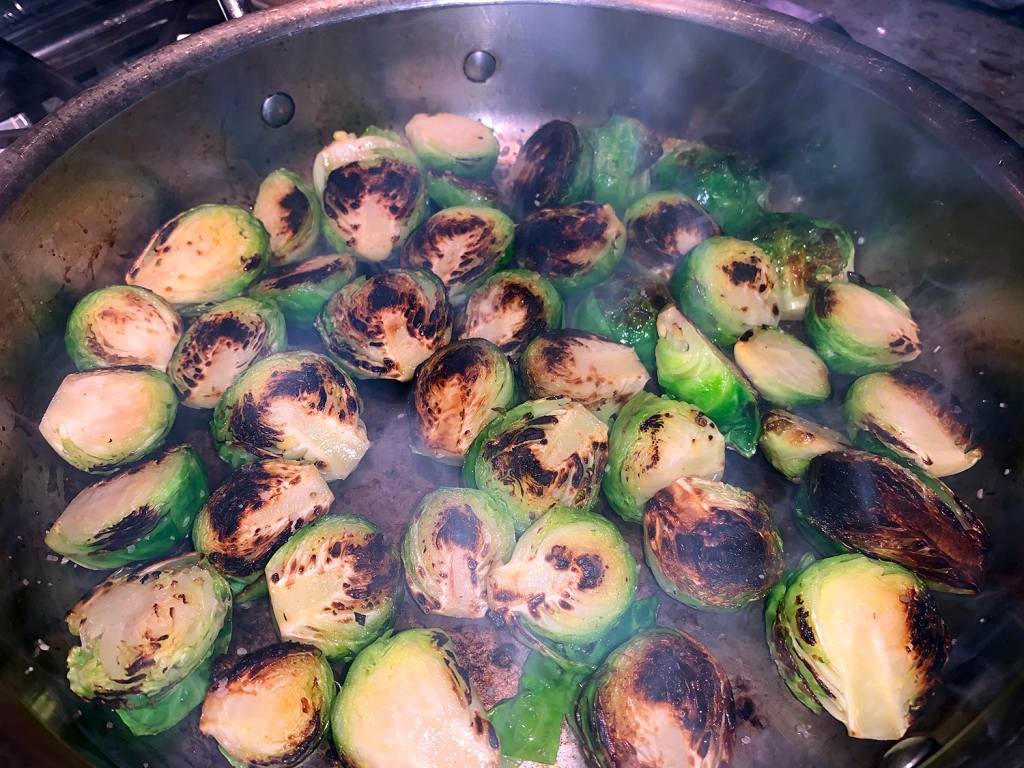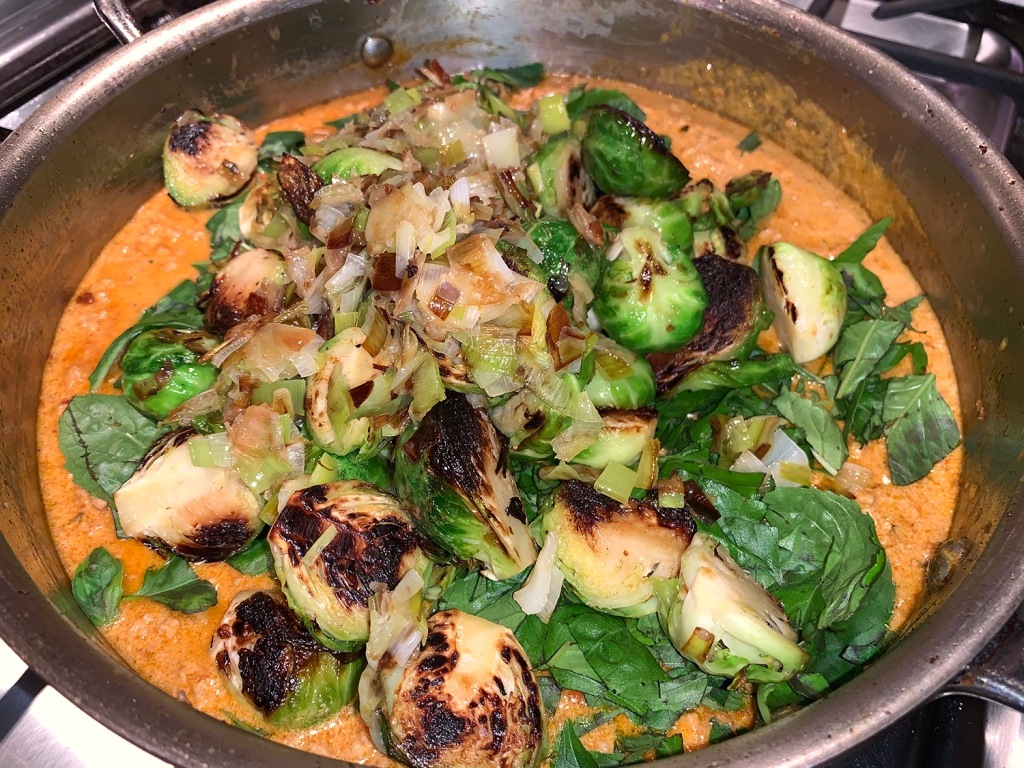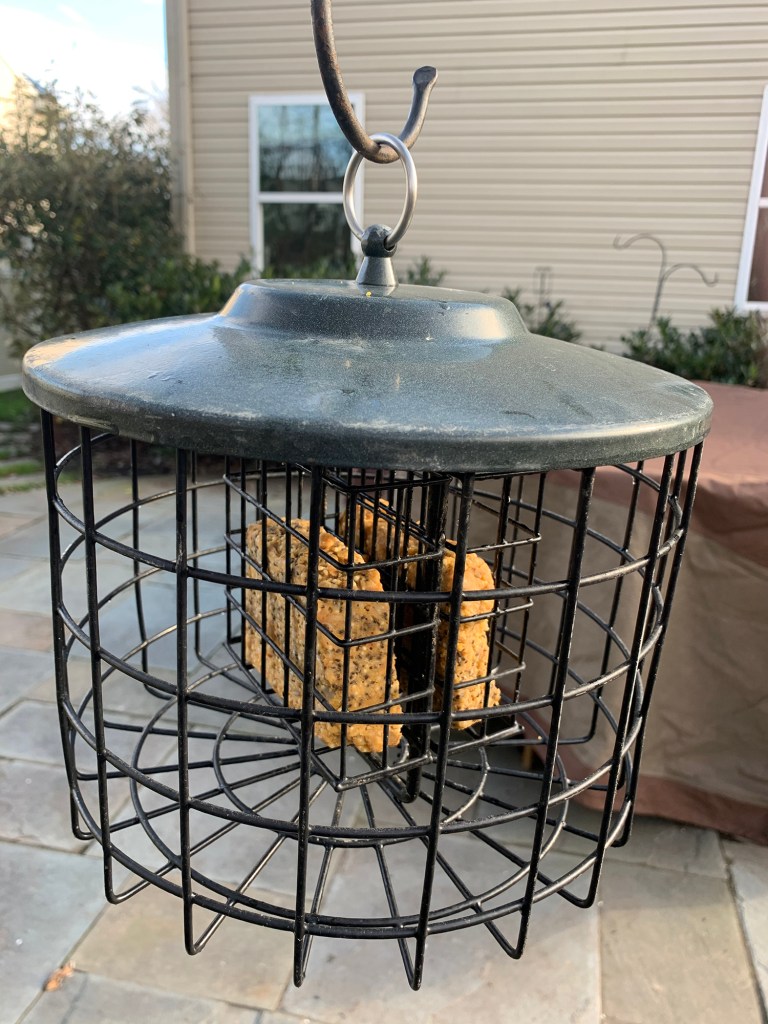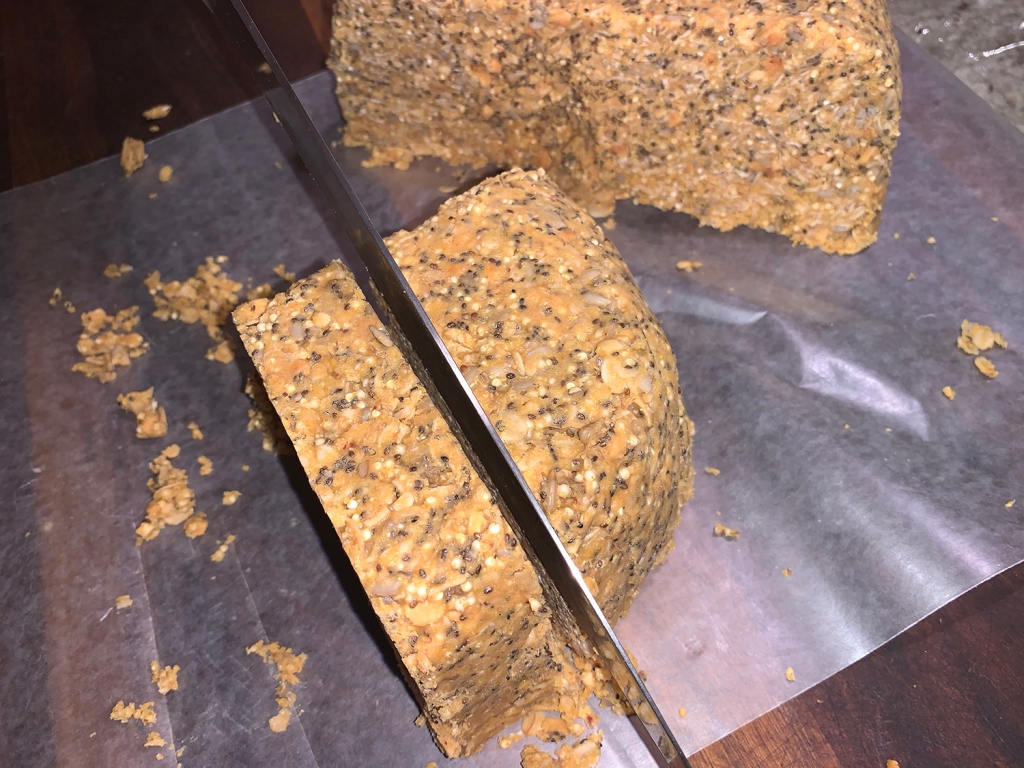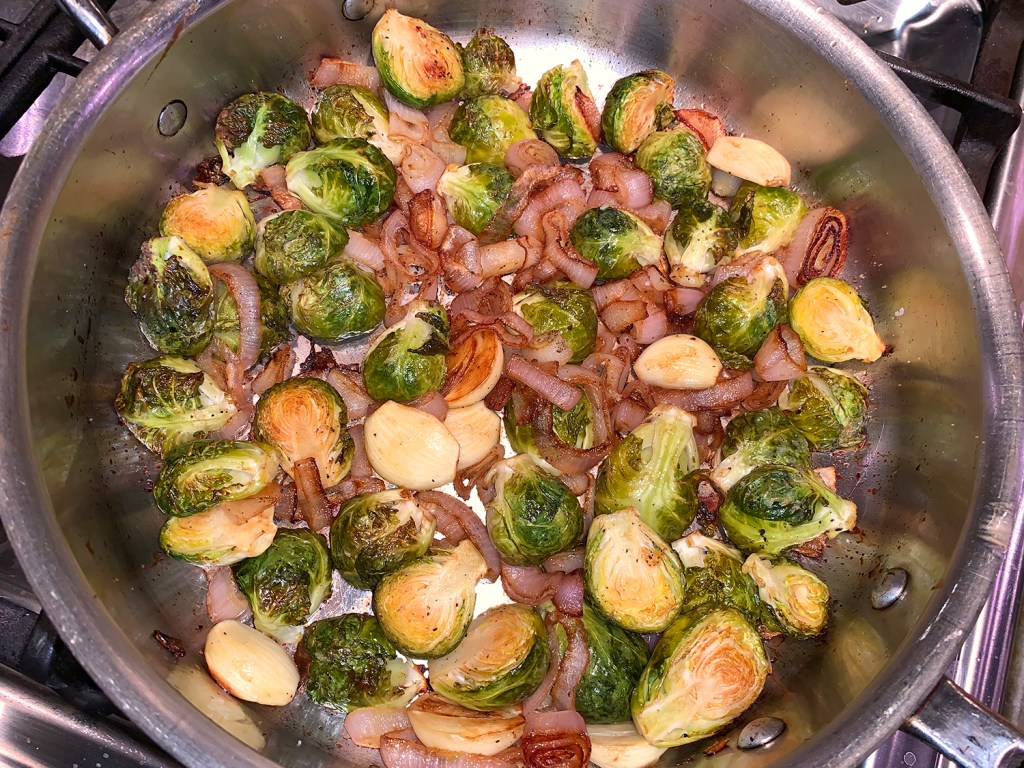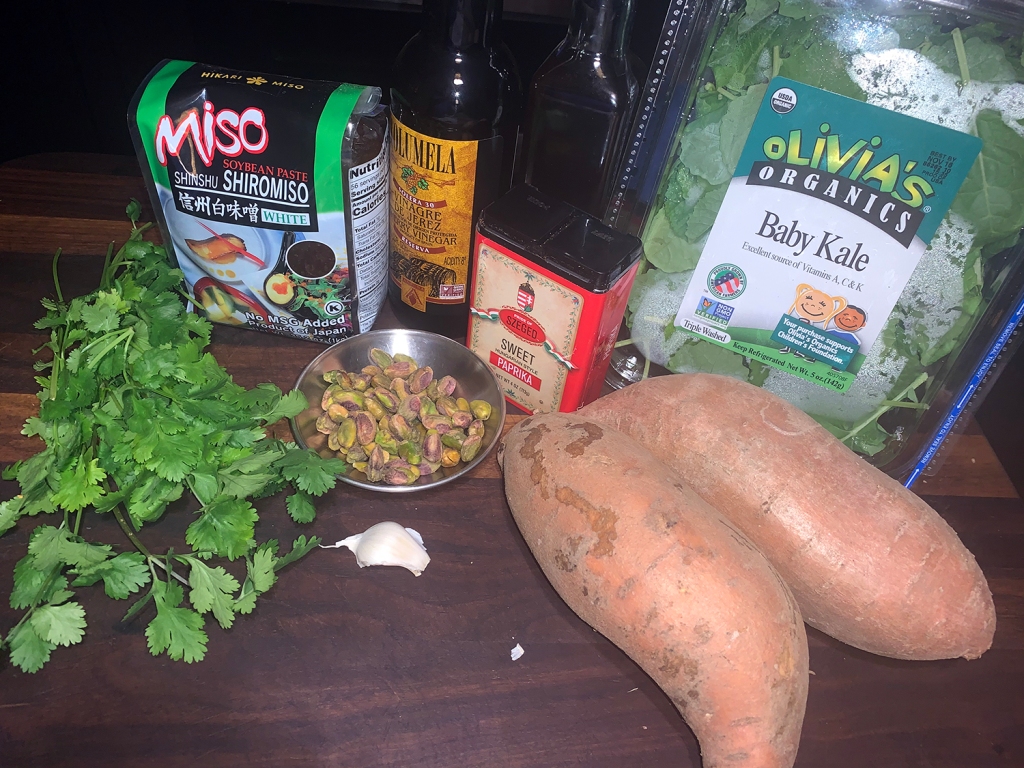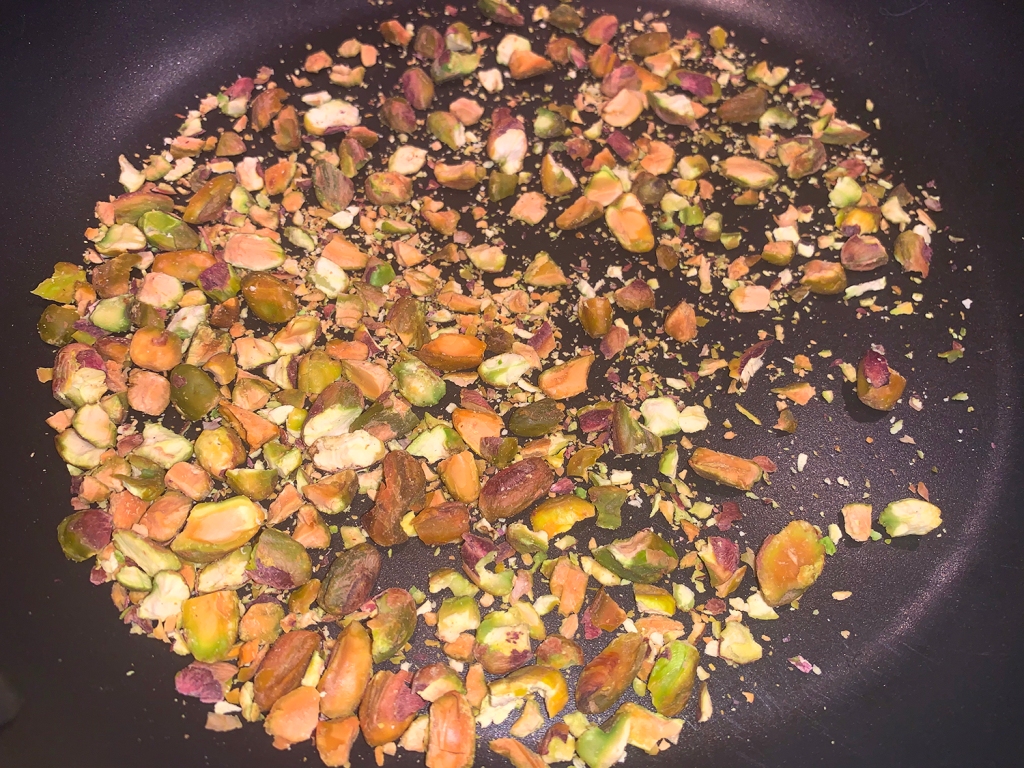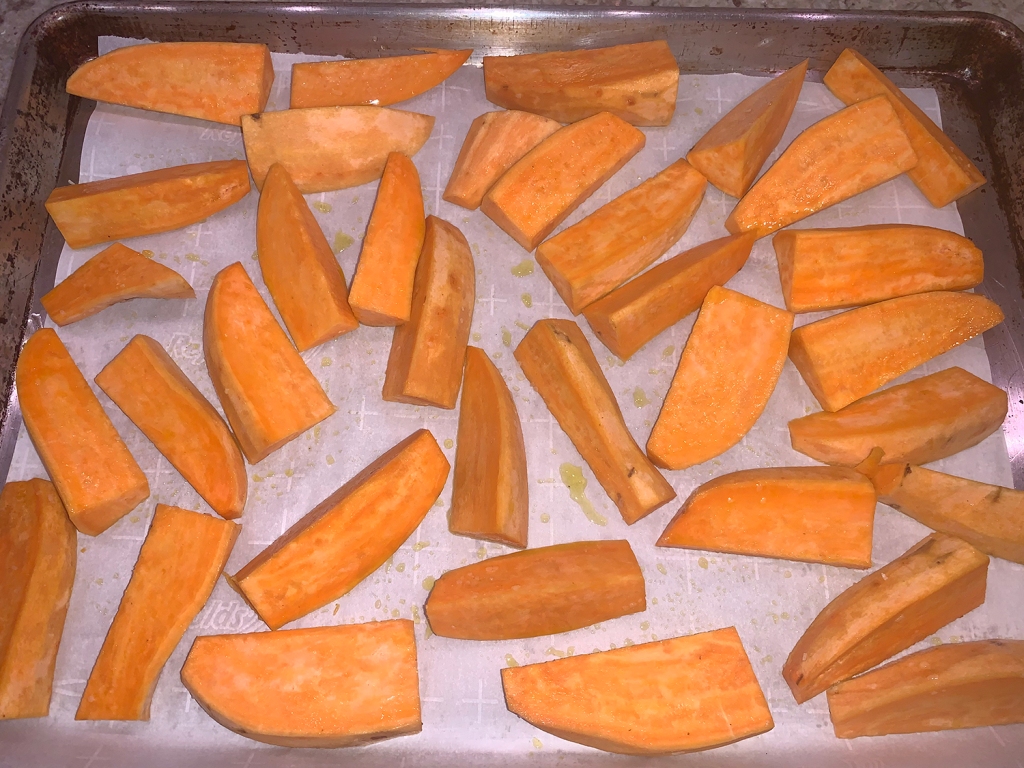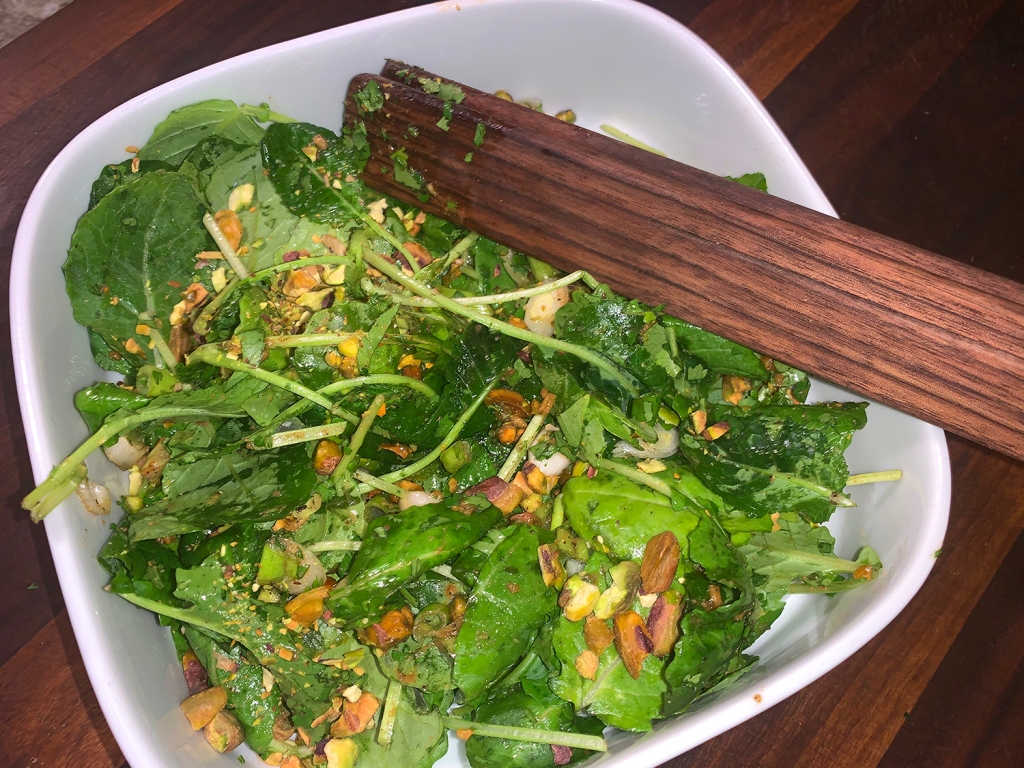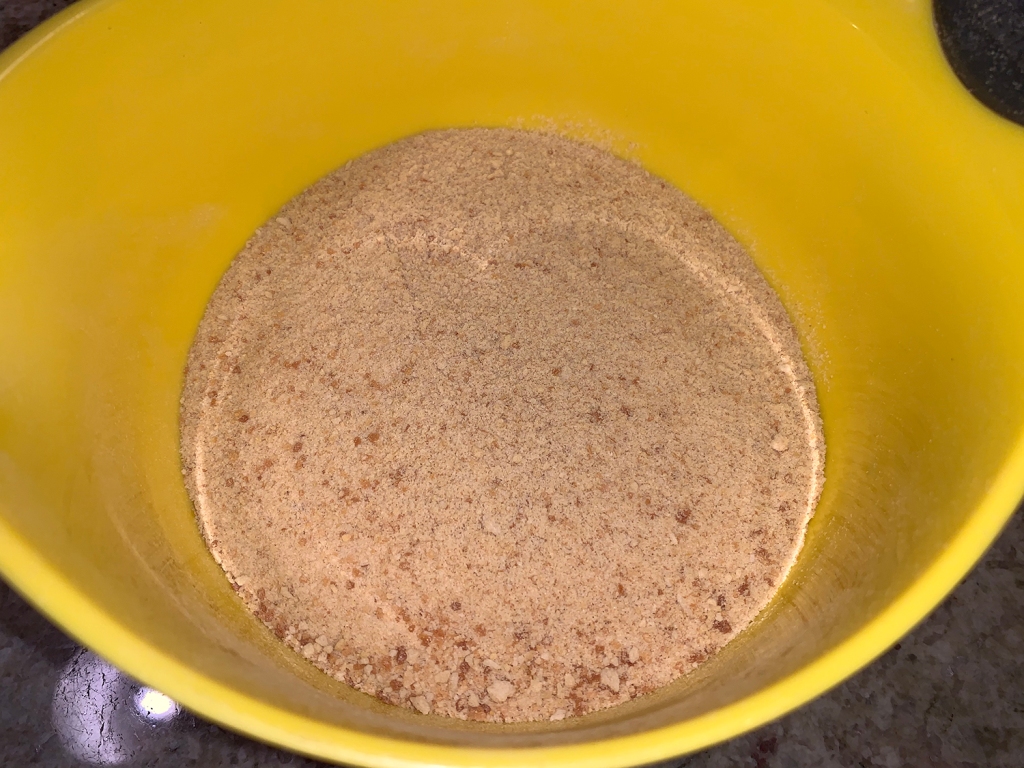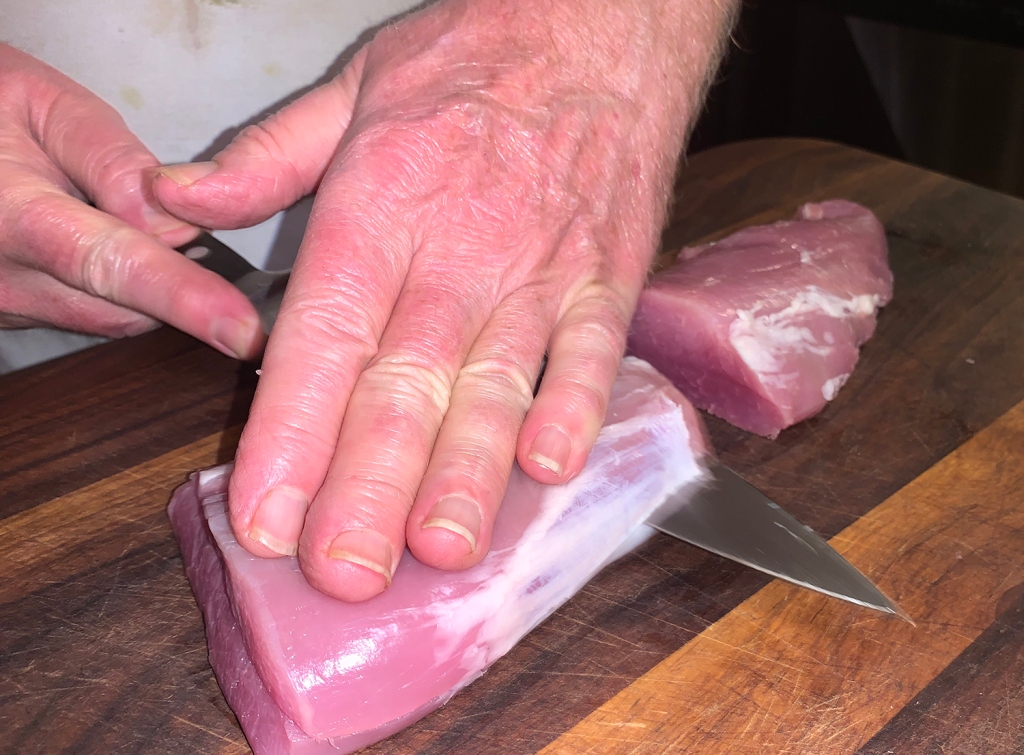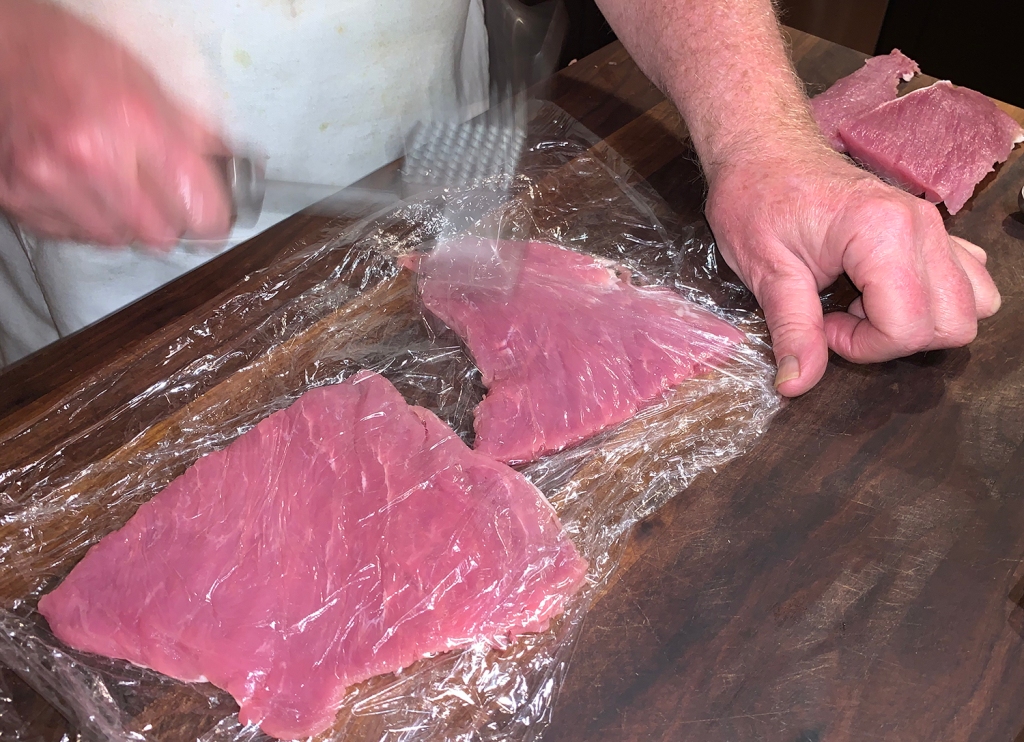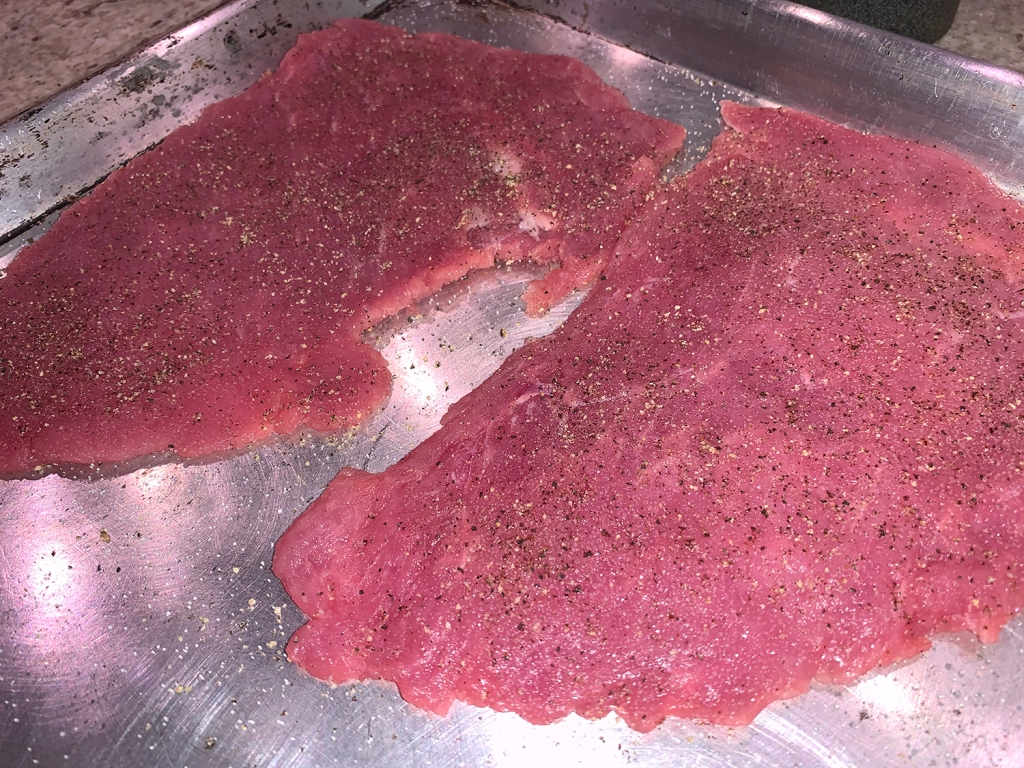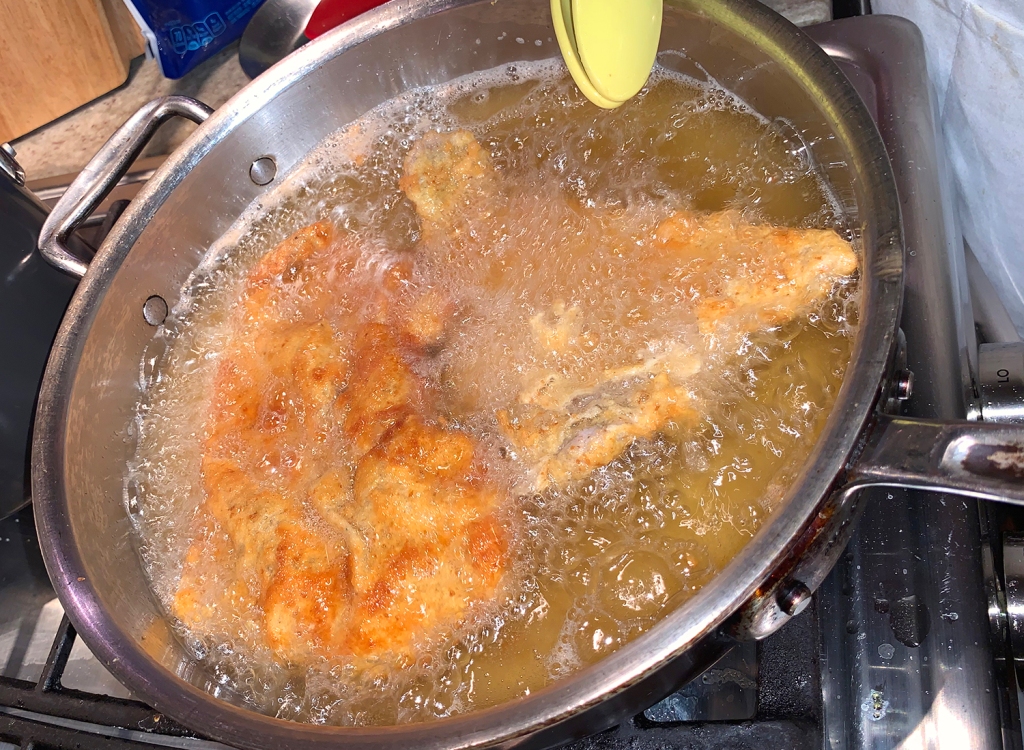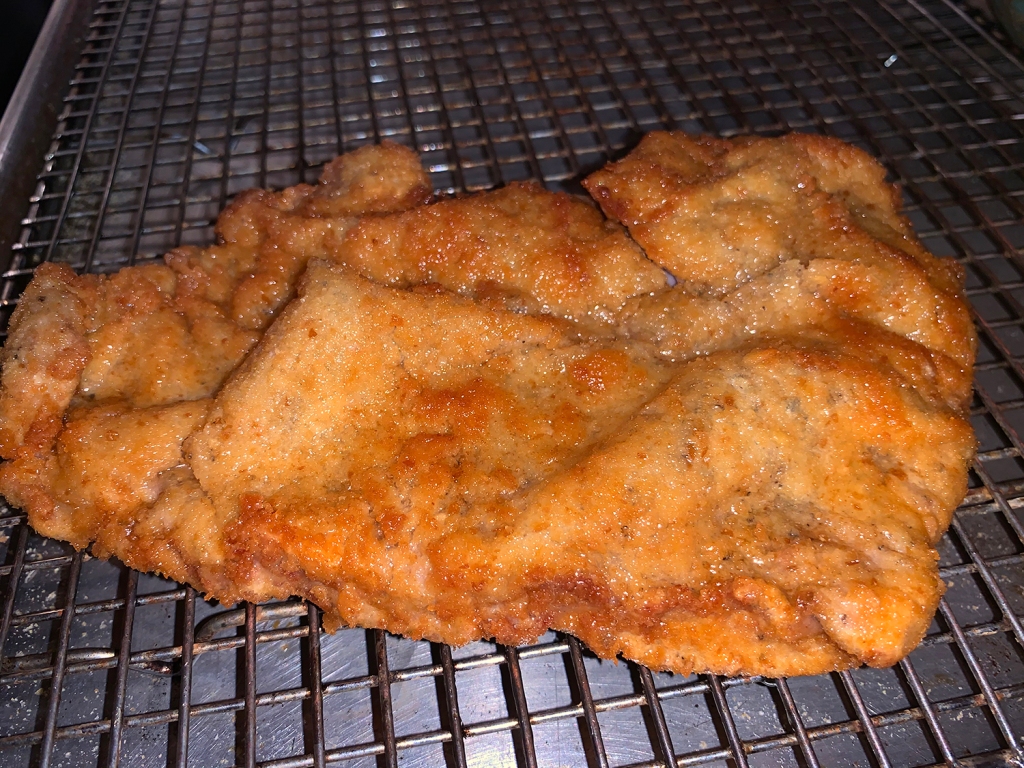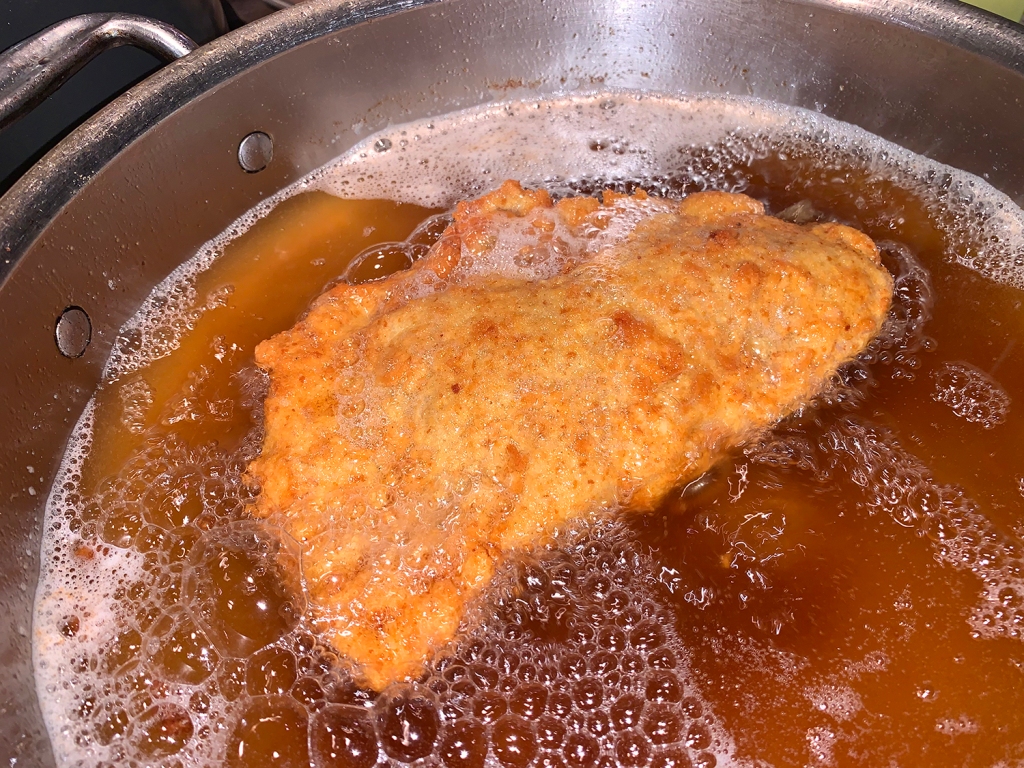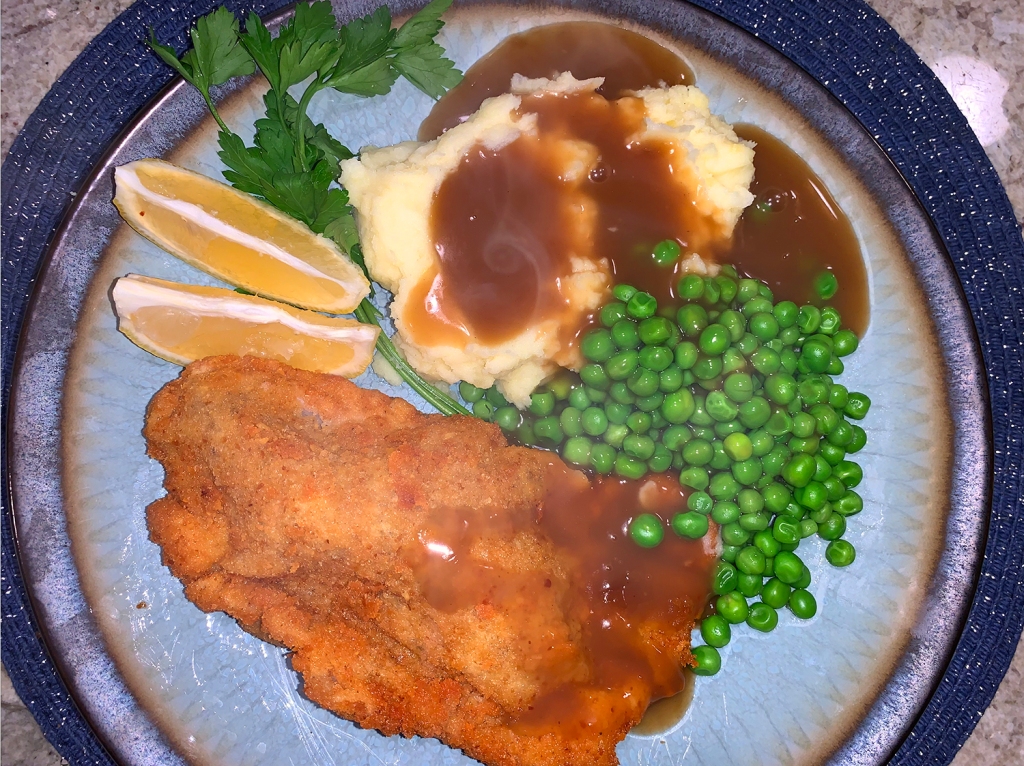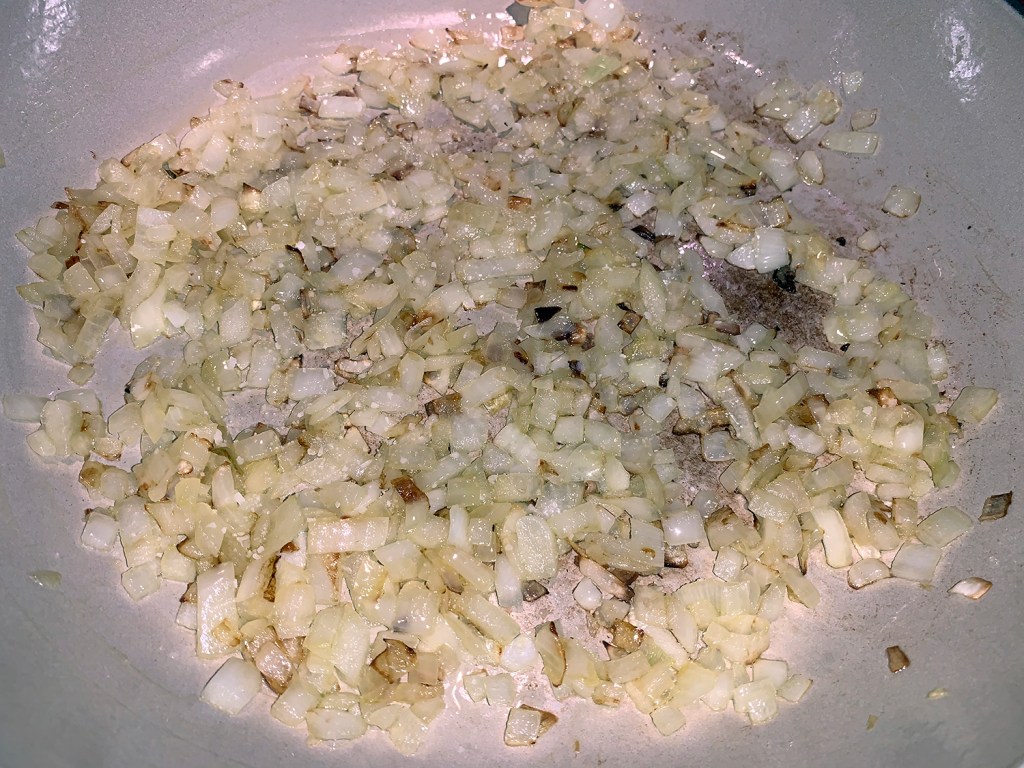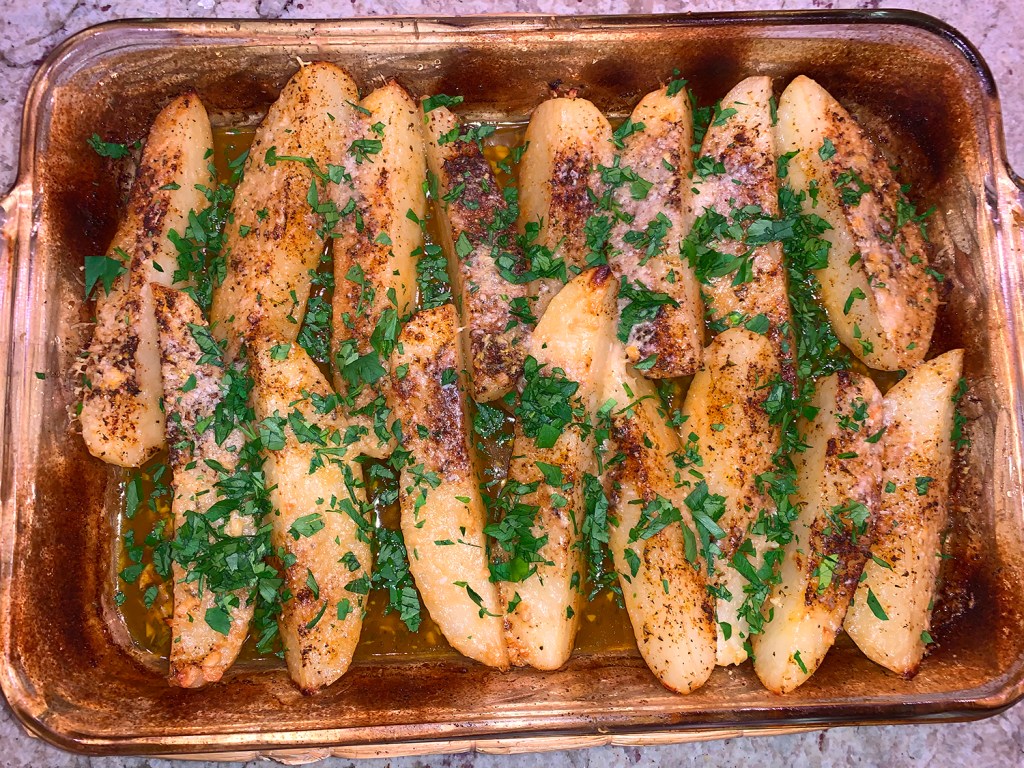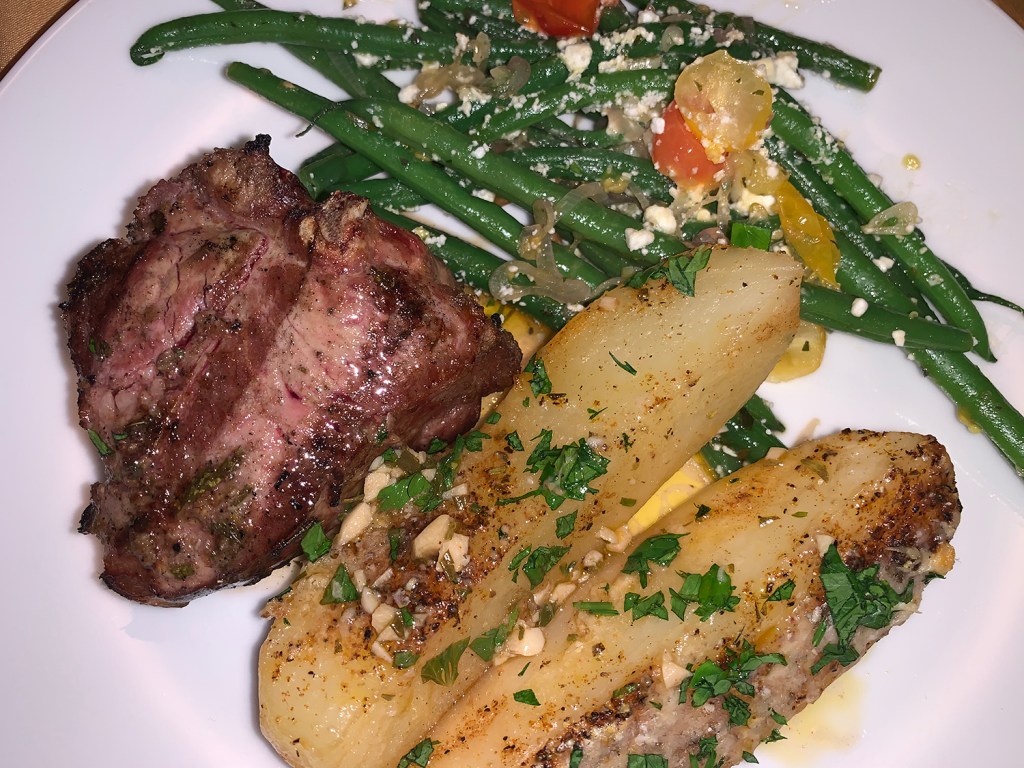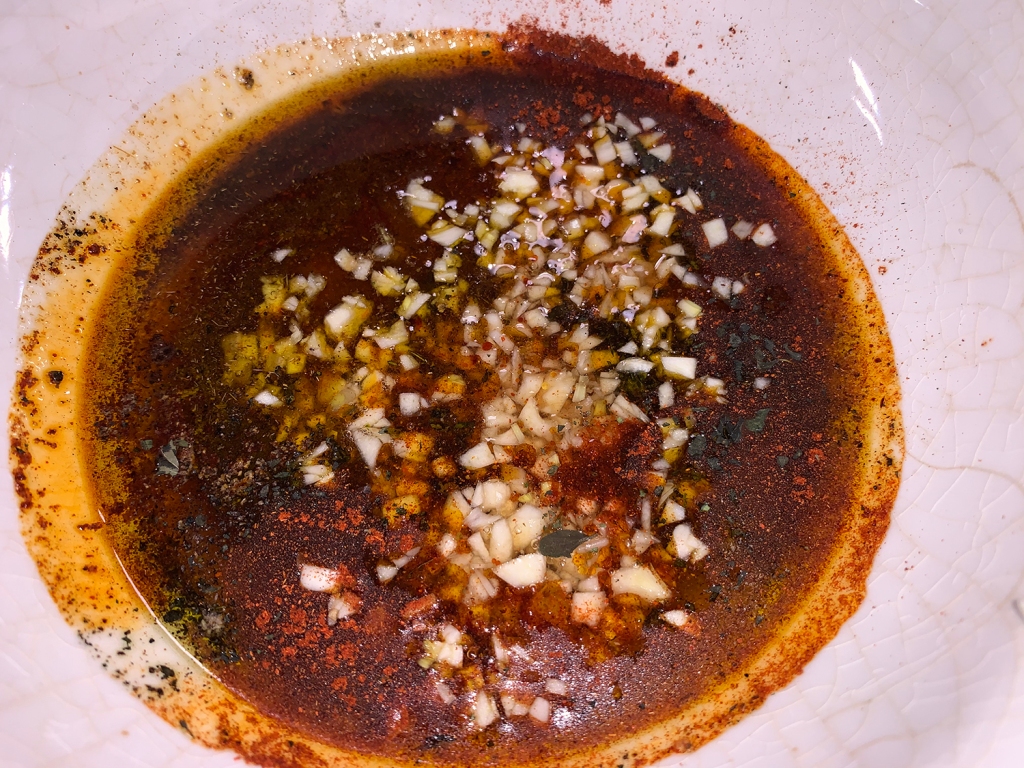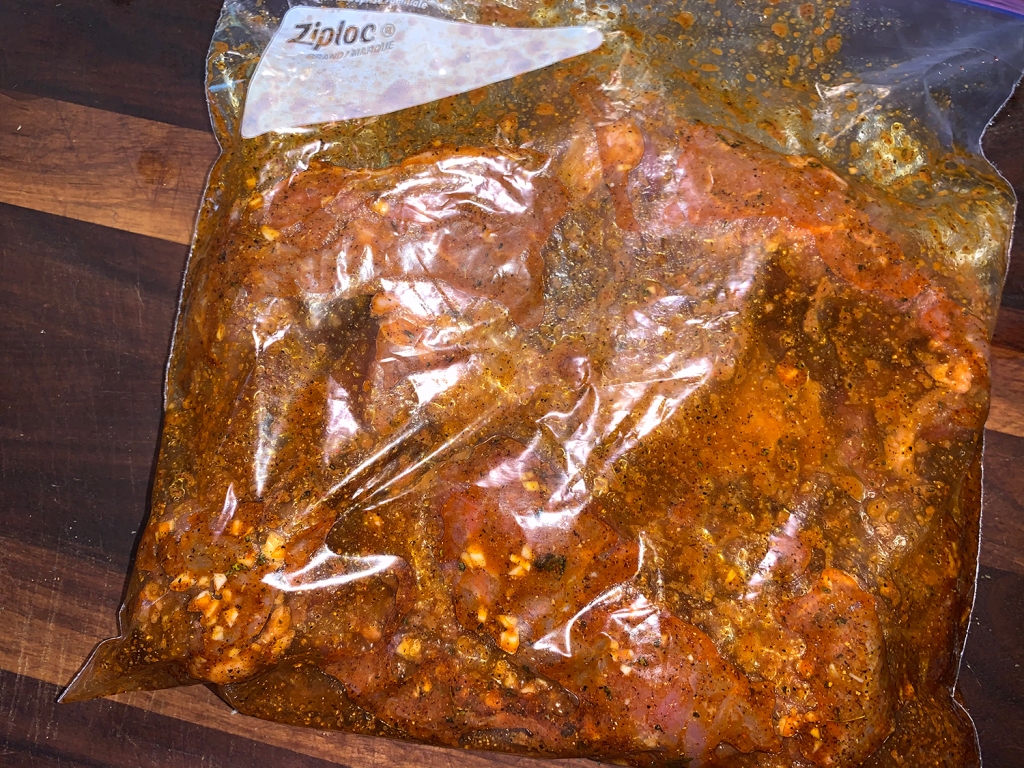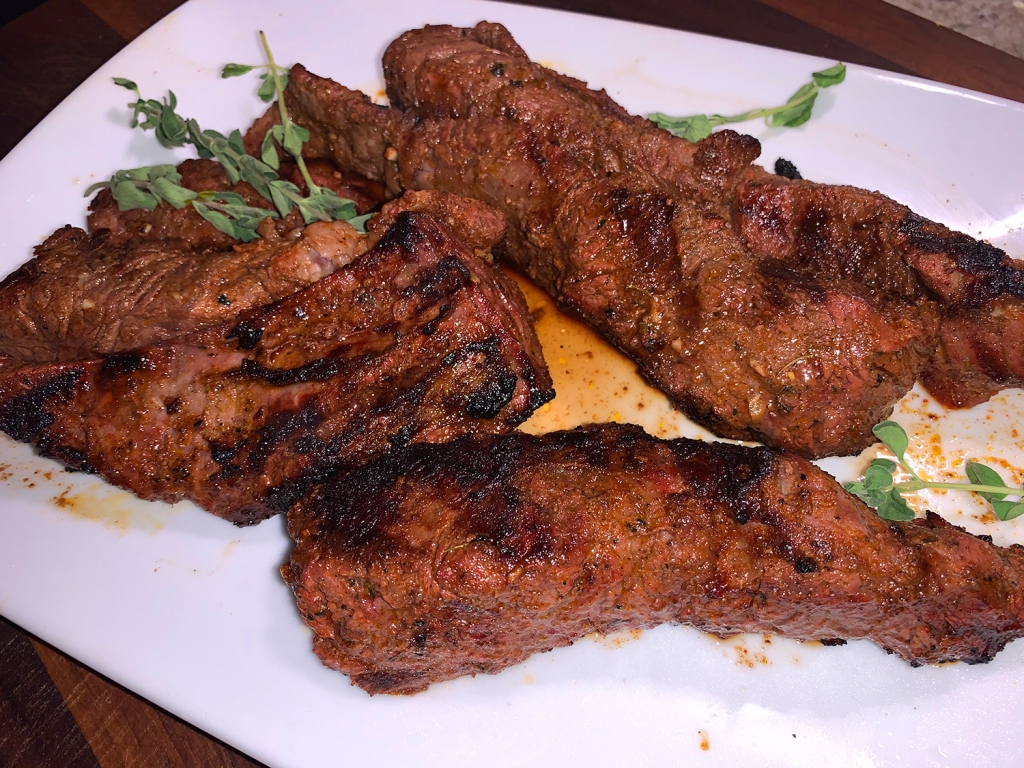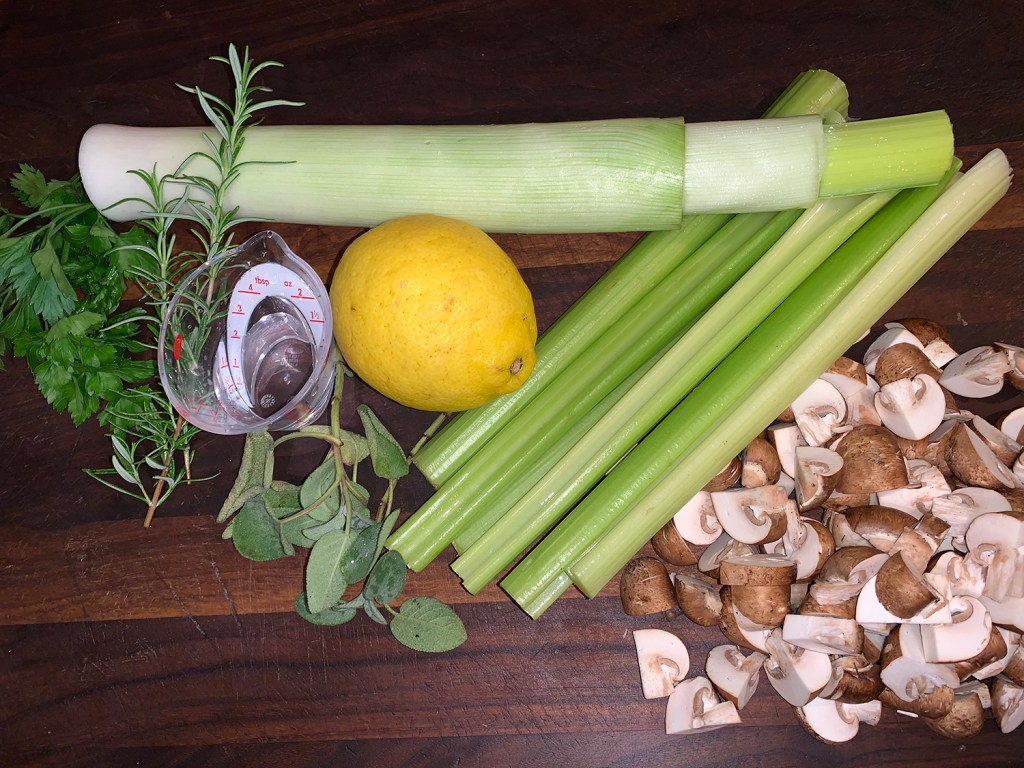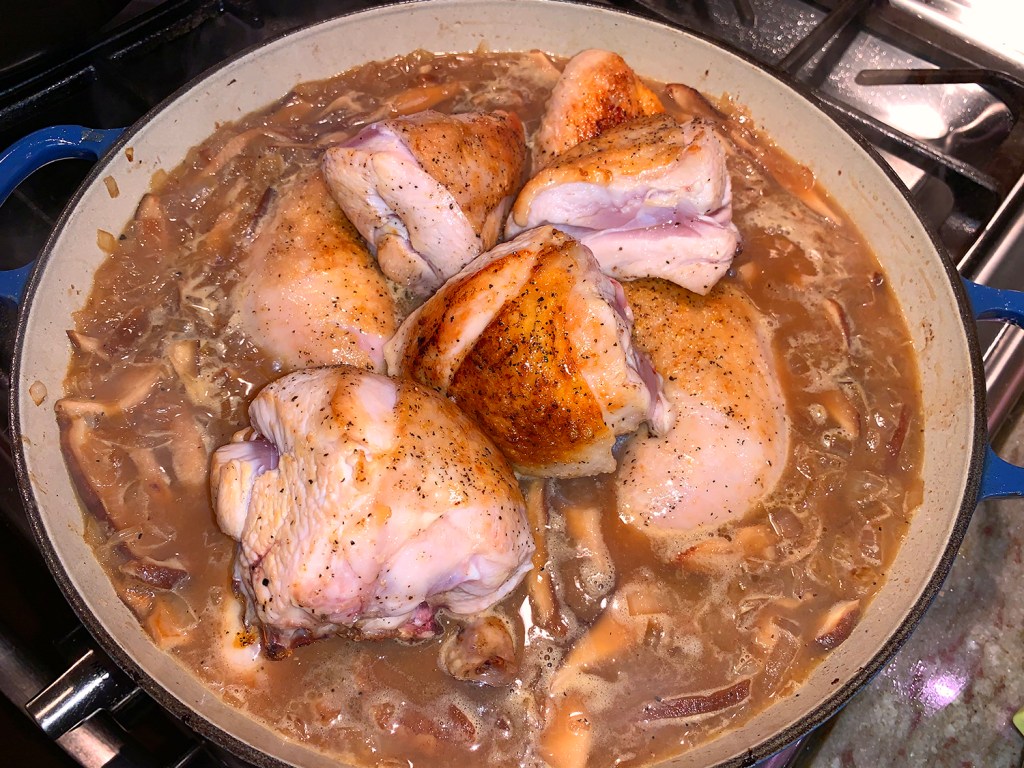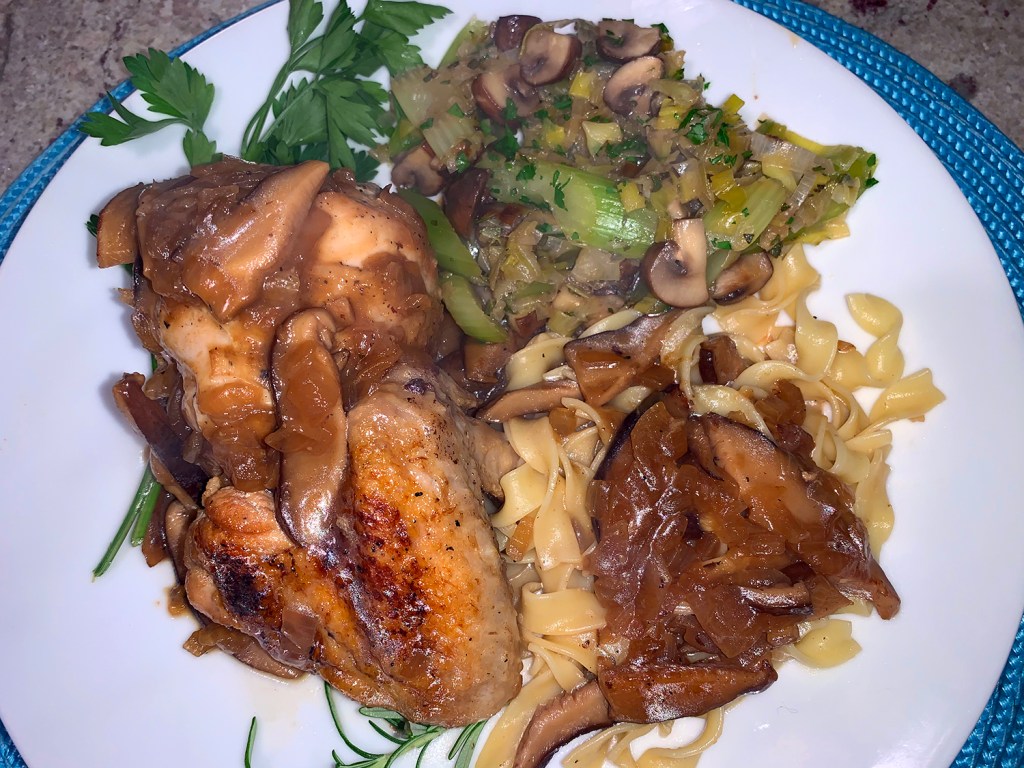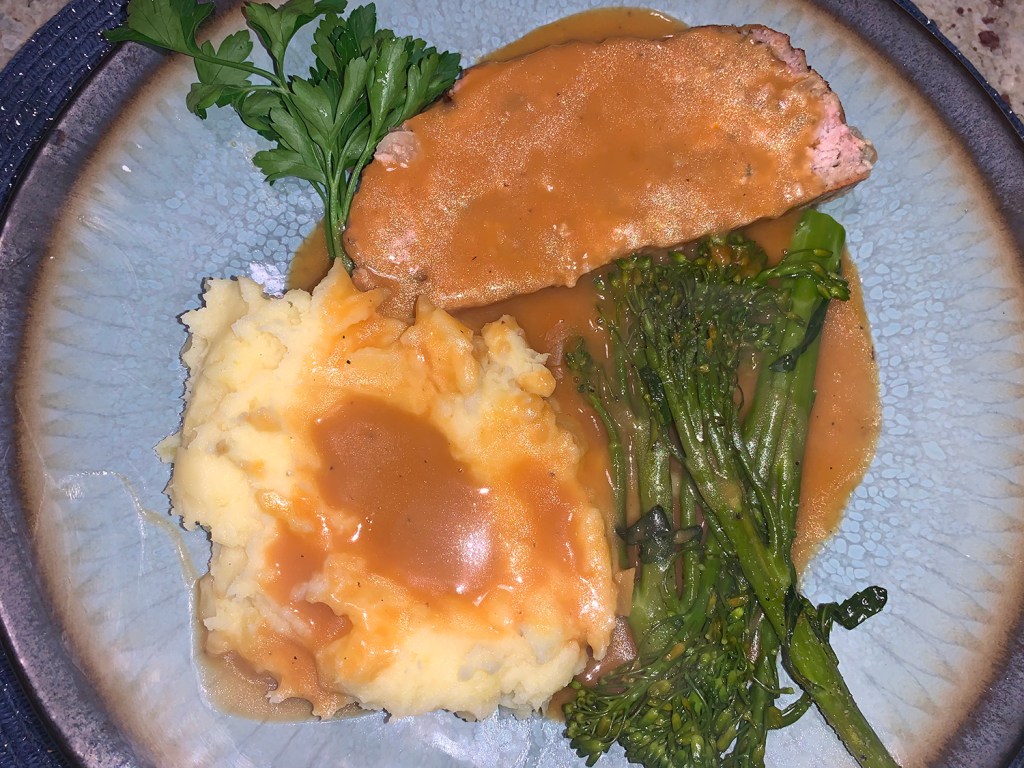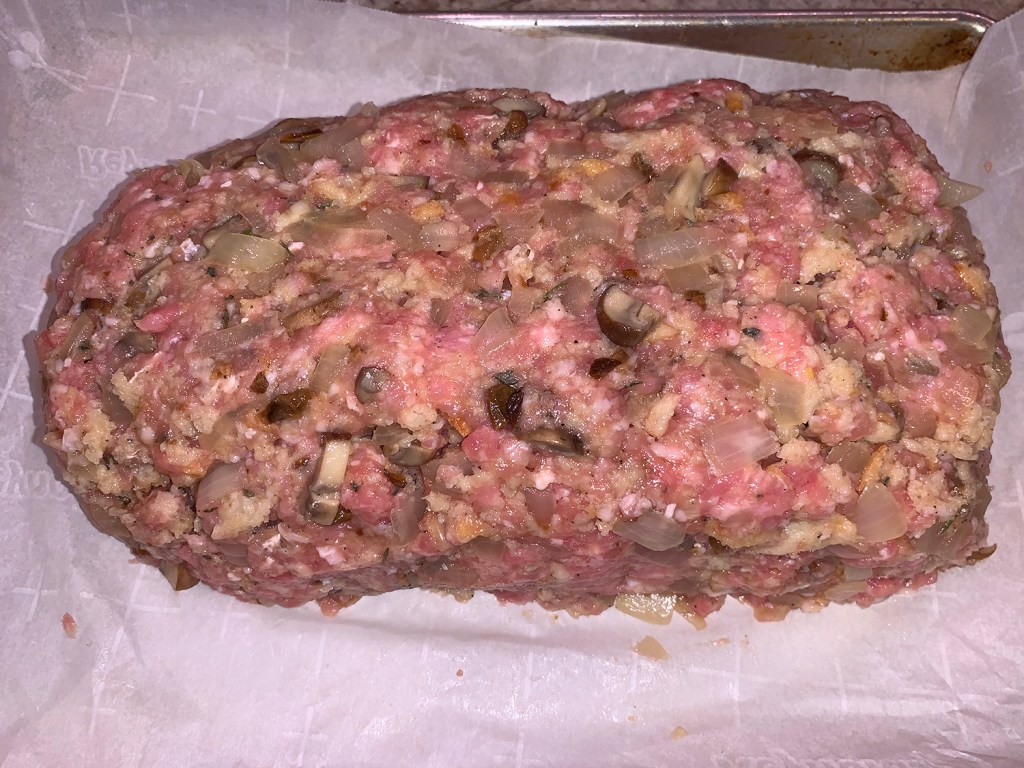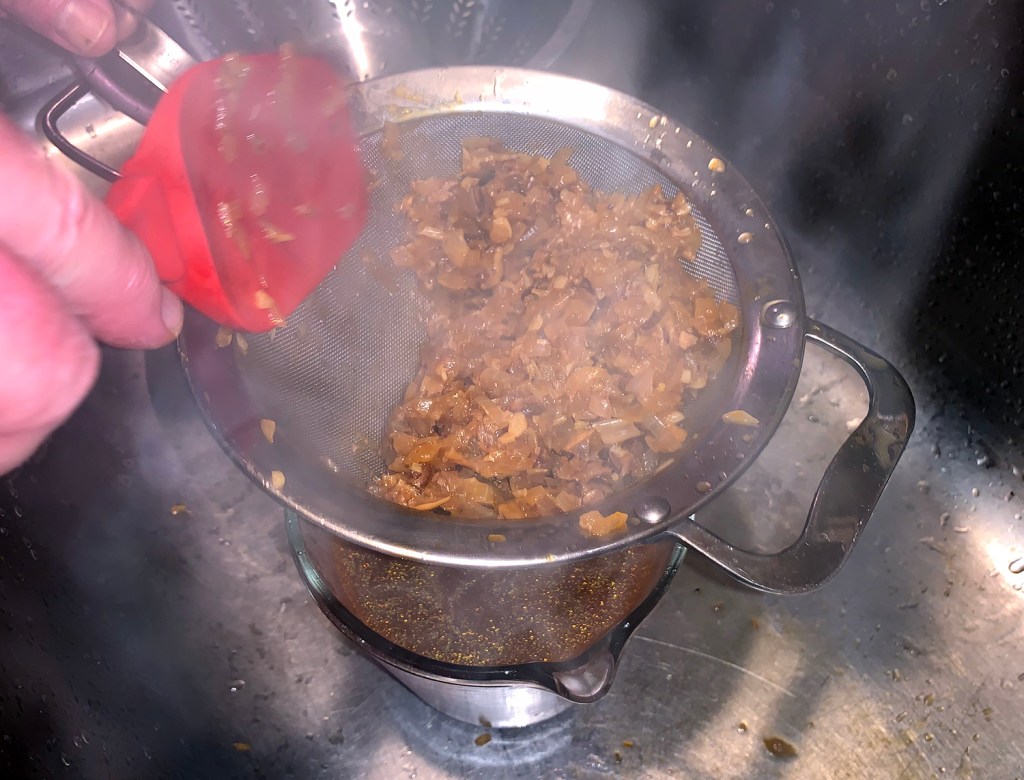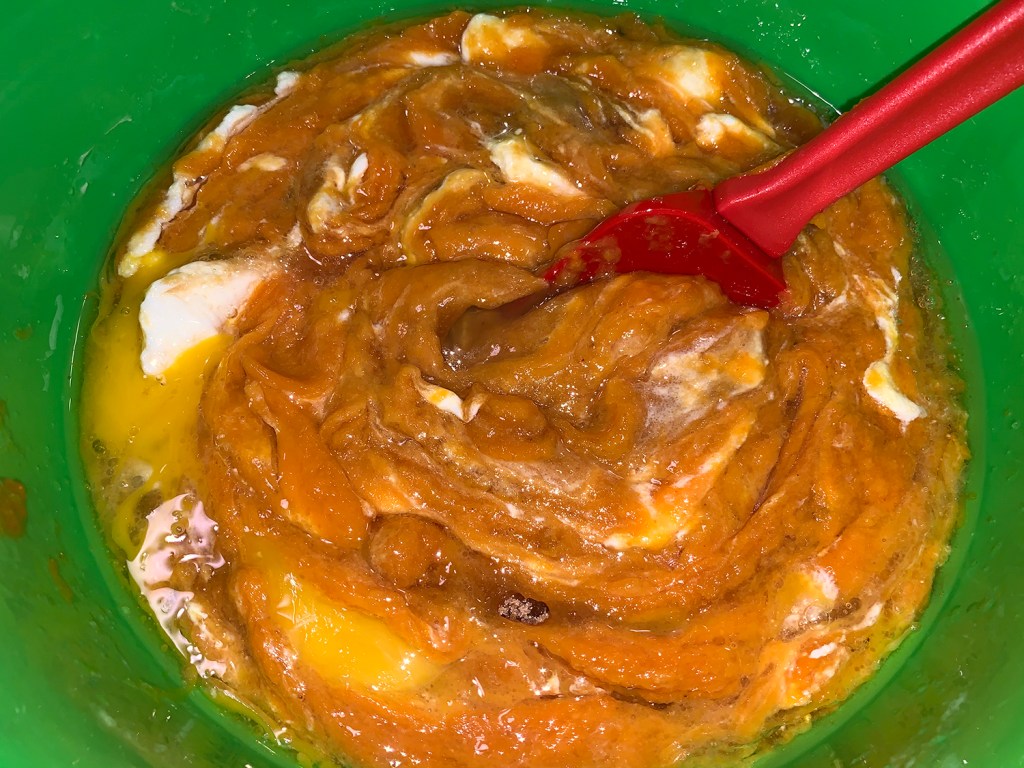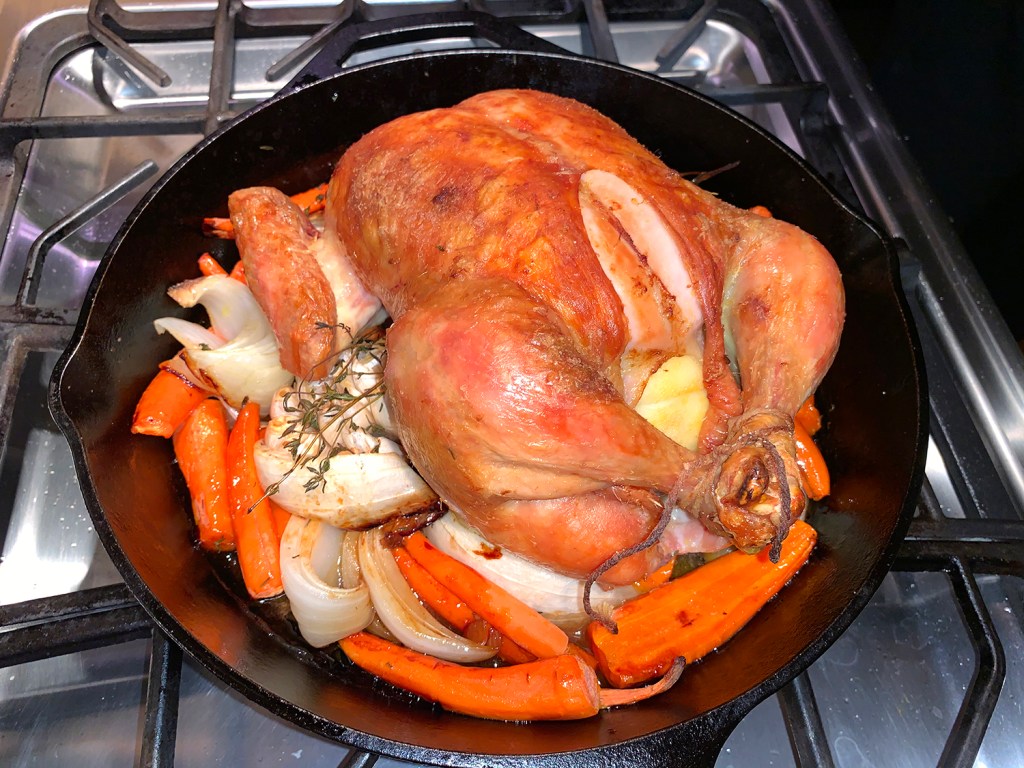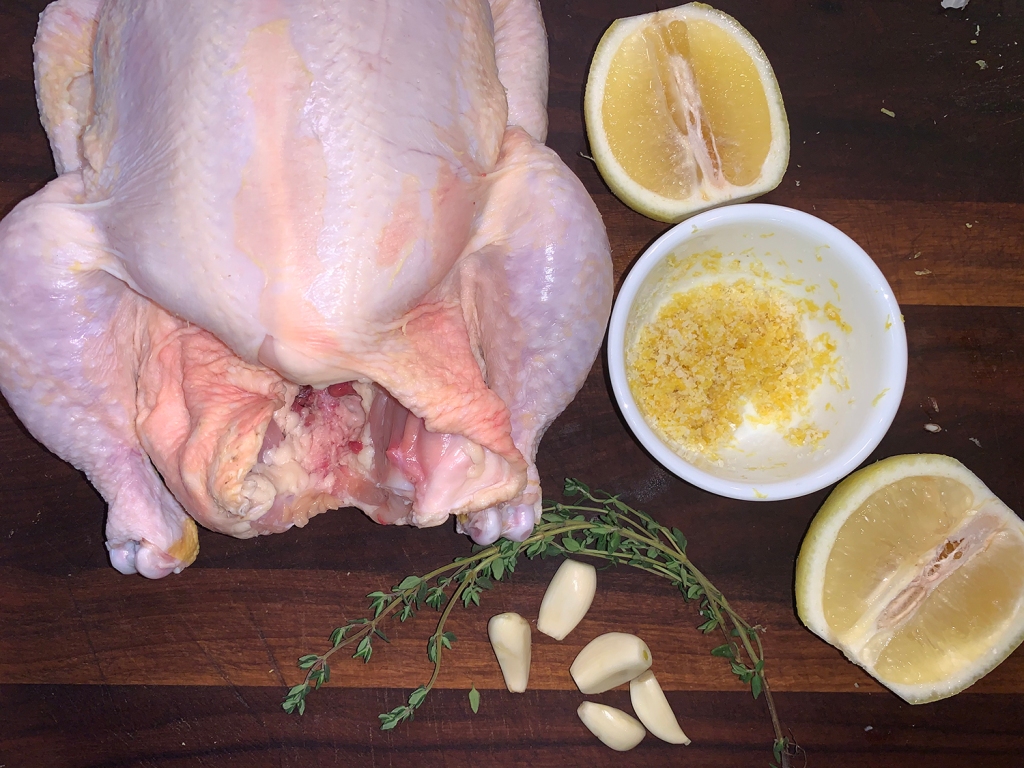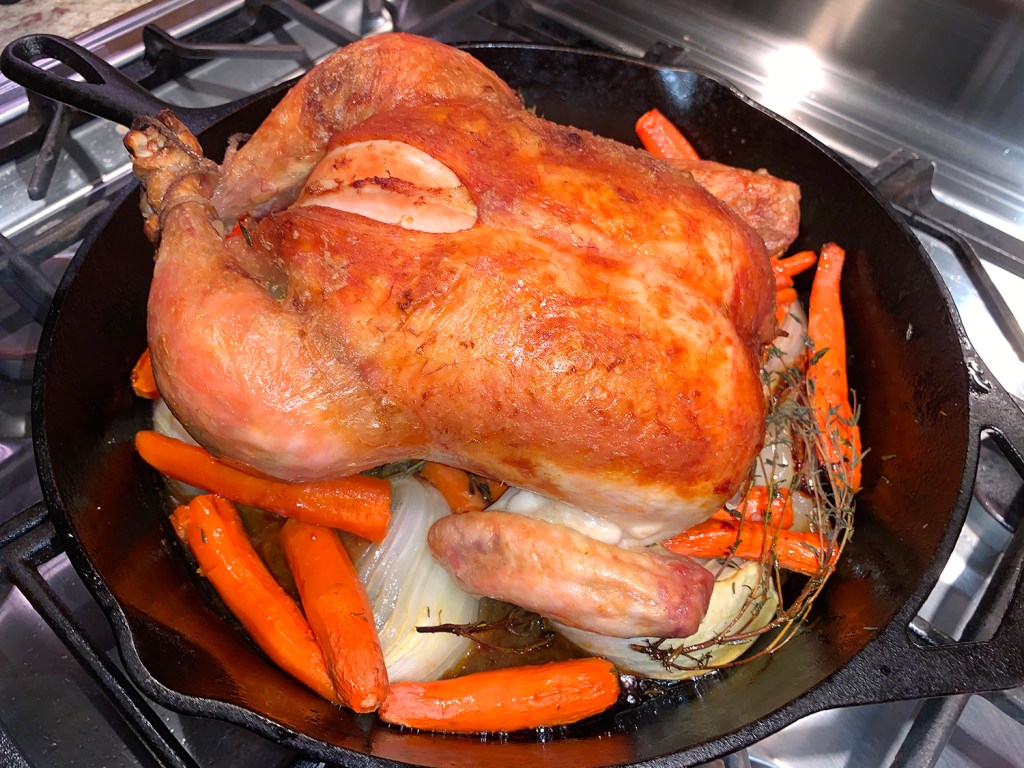For those of you who favor bold Asian dishes, you’re going to want to put this recipe on your short list. It used to be that the only place to experience Szechuan cooking was China’s Sichuan province—a region located in the southwestern part of the country. But it is quite common just about everywhere now.
Though it is particularly unique in that Szechuan cooking is known for its dishes loaded with beef, rice, vegetables and, of course, Szechuan (or Sichuan) pepper. Although the main protein in this dish is pork.

Szechuan pepper is the trademark ingredient in Szechuan cuisine, however it doesn’t carry a lot of heat because it’s not even a pepper! Instead the regional spice is made from tiny peppercorns made from the dried husk of an ash shrub. These tiny pink peppercorns provide a kick of citrusy flavor that marries well with ingredients like ginger, soy and steamed veggies.
I didn’t notice until after I made and ate this fabulous dish, that I had completely forgotten to include the 1 tablespoon of sugar in the pork marinade. But we didn’t miss it at all, so if you have scaled back on sugar in your diet, then I would say it is OK to eliminate it here.
At the very end of the cooking process, we weren’t satisfied with how thin the liquid in the stew appeared. Russ made a last minute decision to make a slurry from corn starch and water to thicken the sauce. It only took another couple of minutes, and not only coated the meat nicely, it gave a more substantial appearance overall.
Szechuan Pork Stew with Chiles
Ingredients
For the Marinade:
- 2 lb. pork shoulder, trimmed of excess fat, cut into 1″ pieces
- 3 Tbsp. soy sauce
- 1 Tbsp. Shaoxing wine or dry sherry
- 1 Tbsp. toasted sesame oil
- 1 Tbsp. granulated sugar
- 1/2 tsp. five-spice
For the Stew:
- 1 Tbsp. cornstarch
- 3 Tbsp. peanut oil, divided
- 1 knob ginger (about 2 oz.), peeled and thinly sliced
- 4 garlic cloves, peeled and smashed
- 10 whole dried red chiles
- 1 Tbsp. Szechuan peppercorns (about 1/4 oz.), cracked
- 1 1/2 cups chicken broth, preferably homemade
- 3 Tbsp. soy sauce
- 2 Tbsp. oyster sauce
- 1 Tbsp. cornstarch with 1 Tbsp. water for slurry (optional)
- 4 scallions (both white and green parts), thinly sliced
Directions
Make the Marinade:
- Toss the pork cubes with the soy sauce, wine, sesame oil, sugar, and five-spice powder. Let sit at room temperature for 1 hour, or, cover and refrigerate up to 24 hours. (We marinaded for 8 hours.)
Make the Stew:
- Sprinkle the pork with the cornstarch and toss to coat.
- Heat a large, heavy Dutch oven over medium-high heat.
- Add 2 tablespoons of the oil, and when it’s shimmering, add half of the pork in an even layer, Cook, undisturbed, until browned around the edges, and pork lifts easily with tongs, about 3 minutes.
- Reduce the heat to medium. Flip, and cook the other side until browned, about 2 minutes more. Transfer to a plate.
- Repeat the process with the remaining half of the pork.
- Add the remaining 1 tablespoon of oil, the ginger, garlic, szechuan peppers and chiles. Cook, stirring, until lightly browned, 2 minutes.
- Add the broth, soy sauce and oyster sauce, scraping up any browned bits on the bottom of the pot.
- Add the pork and any accumulated juices. Reduce the heat to medium-low and cook, covered, stirring occasionally, until the pork is tender, about 1 hour.
- To make a thicker sauce, add 1 tablespoon of cornstarch to 1 tablespoon of cold water and mix until smooth. Heat the pot until a simmering boil and add the slurry a little at a time, mixing well after each addition. Stir together for 30 seconds.
- Serve immediately over steamed jasmine rice.
Adapted from a recipe for Fine Cooking

Chinese Broccoli with Garlic
Chinese broccoli, also known as Chinese kale, is a leafy green vegetable closely related to thick-stemmed broccoli, cabbage, and Brussels sprouts. It has flat leaves, thick stems, and tiny florets. It’s not easy to find Chinese broccoli in regular grocery stores, so check your local Asian market, which is more likely to carry it.
Chinese Broccoli with Garlic
Ingredients
- 1 lb. Chinese broccoli, trimmed and cut into small sections
- 1/2 tsp. salt
- 6 cloves garlic, roughly chopped
- 2 Tbsp. vegetable cooking oil
- 2 tsp. oyster sauce
- 1 Tbsp. Chinese cooking wine
- 1 Tbsp. sesame oil
Directions
- Trim Chinese broccoli, remove the hard skins and diagonally cut into 2″ sections. Separate the leaves and roughly chop.
- Bring a large pot of water to a boil and then add salt. Add the stems, cooking for 20 seconds. Add the leaves and cook for 10 seconds more. (This helps remove some bitterness.) Drain into a colander.
- Add oil in preheated wok and stir-fry the garlic until slightly seared, about 1 minute.
- Place Chinese broccoli into wok, add cooking wine and sesame oil. Stir-fry several seconds to mix well and serve immediately.
Loosely adapted from a recipe found on chinasichuanfood.com

